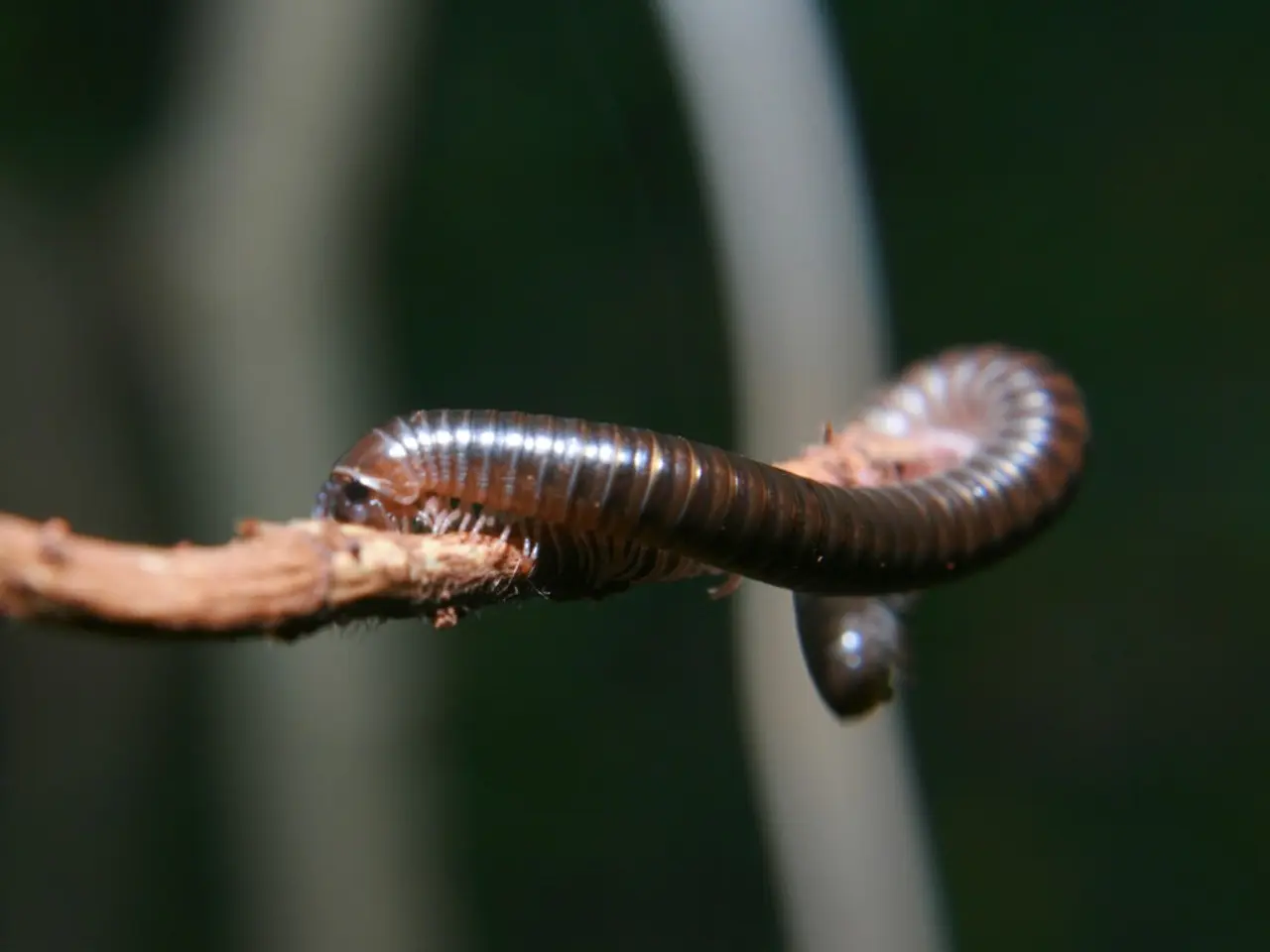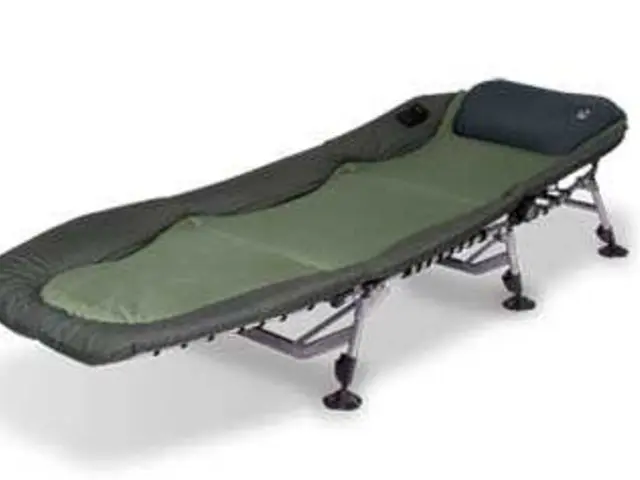Chicken Worm Infestations: Identifying, Catching, and Remedying Six Common Kinds of Parasites in Fowl
In the world of poultry farming, intestinal parasites are a common challenge that farmers and backyard chicken keepers may face. This article aims to shed light on some of the most prevalent parasites affecting chickens, their life cycles, symptoms, and treatment methods.
The most common intestinal parasite in chickens is the large roundworm (Ascaridia galli). These parasites are yellowish-white, thick, and can grow up to four and a half inches long. Symptoms of a large roundworm infestation include pale comb and wattles, puffed-up feathers, loss of weight and appetite, diarrhea, lethargy, and a hen sitting in a nest for long periods of time even though she isn't broody. Treatment for large roundworms includes deworming with liquid dewormer, either applied topically, orally, or added to the drinking water.
Another common parasite is the cecal worm (Heterakis gallinarum), an internal parasite found in the ceca of a chicken. Cecal worm eggs can survive in the soil for up to two years without a host. Cecal worms have a direct and indirect life cycle, meaning a chicken can become infected by eating contaminated soil or by consuming a host organism infested with eggs. Treatment for cecal worms is similar to that of large roundworms and threadworms, all of them are used off-label for chickens.
Threadworms (capillaria) are microscopic and have a tubular shape with two openings, the mouth, and the anus. Symptoms of a threadworm infestation are diarrhea, lethargy, loss of appetite, weight loss, poor egg production, anemia, and young birds under three months of age are more severely affected.
Gapeworms (Syngamus trachea) are a type of roundworm that affects the chicken's trachea, causing the bird to yawn or gasp frequently. Gapeworms have both a direct life and indirect life cycle, infecting chickens by ingesting feces contaminated with larvae or by eating a host insect or earthworm.
Eye worm (Oxyspirura mansoni) is a type of roundworm that affects the eye of the chicken and is most commonly found in the southern states where the Surinam cockroach is found. The eye worm has an indirect life cycle, it is carried by the Surinam cockroach. Symptoms of an eye worm infection are frequent eye scratching, conjunctivitis, eyelids may be stuck together, and in severe cases, the bird may go blind.
Tapeworms (cestodes) are flat worms with segmented bodies that infiltrate the intestines of the chicken. Tapeworms have an indirect life cycle, transmitted through hosts such as snails, beetles, earthworms, ants, and houseflies. Symptoms of a tapeworm infestation include loss of appetite, loss of weight, lethargy, hunched up appearance with ruffled feathers, decreased egg-laying, and in some severe cases, wry neck.
Keeping your chicken's environment clean and dry will help to minimize their contact with cecal worm eggs. Regular deworming and maintaining a hygienic environment are crucial in preventing and managing intestinal parasites in chickens. However, it's essential to consult a veterinarian before administering any treatment to ensure the safety and well-being of your chickens.








